The Portuguese superstar Cristiano Ronaldo has become a legend of the game through consistent match performances over the last two decades.
He is easily within the conversation for being one of the greatest players of all time, if not the best that the sport has ever witnessed.
Now, there aren’t many players who can match his innate ability to find the back of the net.
The player has successfully remodelled his game through placing less emphasis on pace and individual skill, with greater focus given towards his positioning in the attacking third and finishing off goal scoring opportunities.
What’s quite interesting is that in the formative years of his career, Ronaldo was known for striking soccer balls with ferocious amounts of power.
But just how fast is Ronaldo able to kick a soccer ball?
Well, in a televised documentary that took place in 2011, the staggering numbers behind the velocity of his shots were revealed.
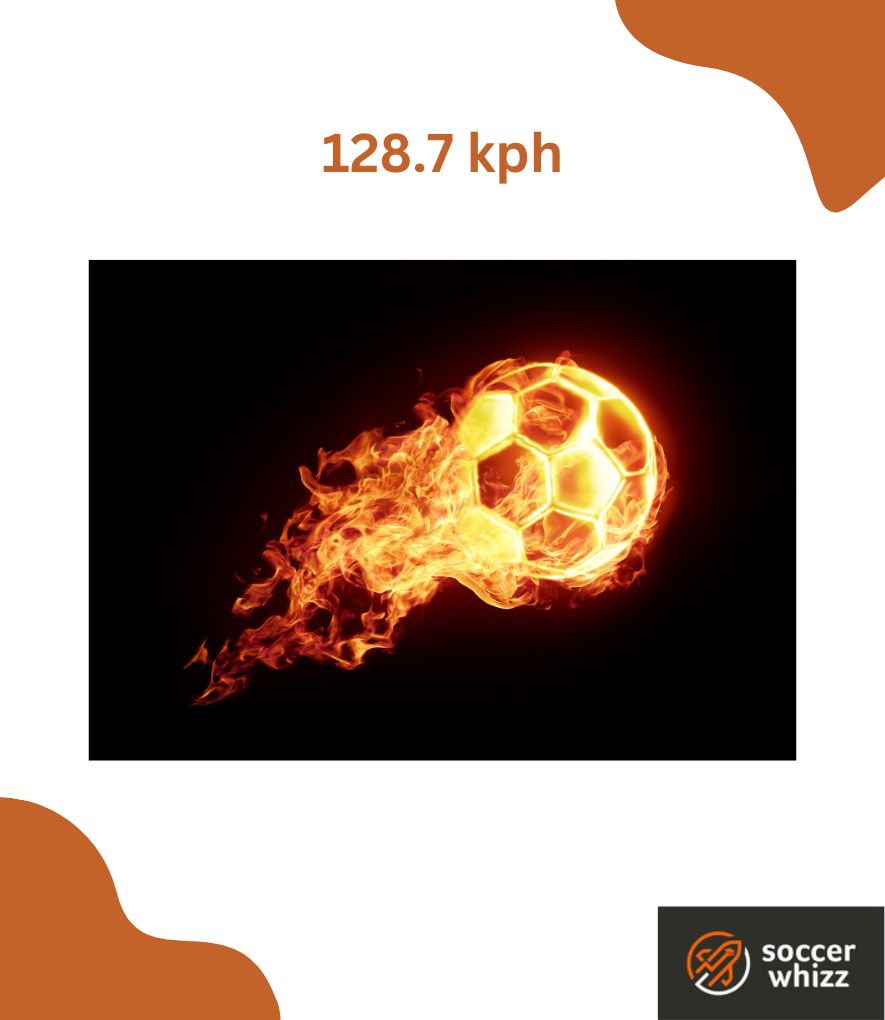
Cristiano Ronaldo was able to kick a stationary soccer ball which shattered through numerous layers of glass, with a breath-taking speed of 128.7 kilometres per hour.

Want to test your knowledge on soccer ball care?
Take the quiz by clicking the button below and see just how informed you truly are!
Note - You'll need to enter your email address to see the final results.



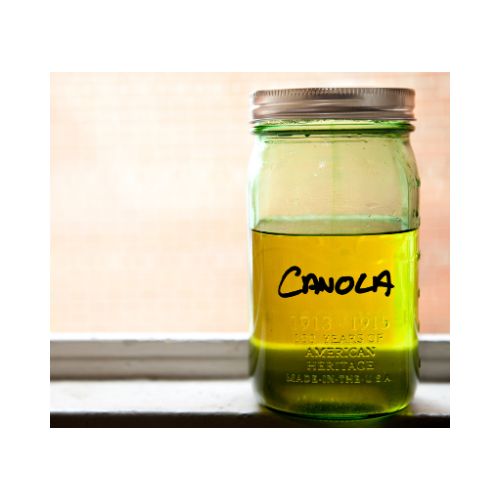
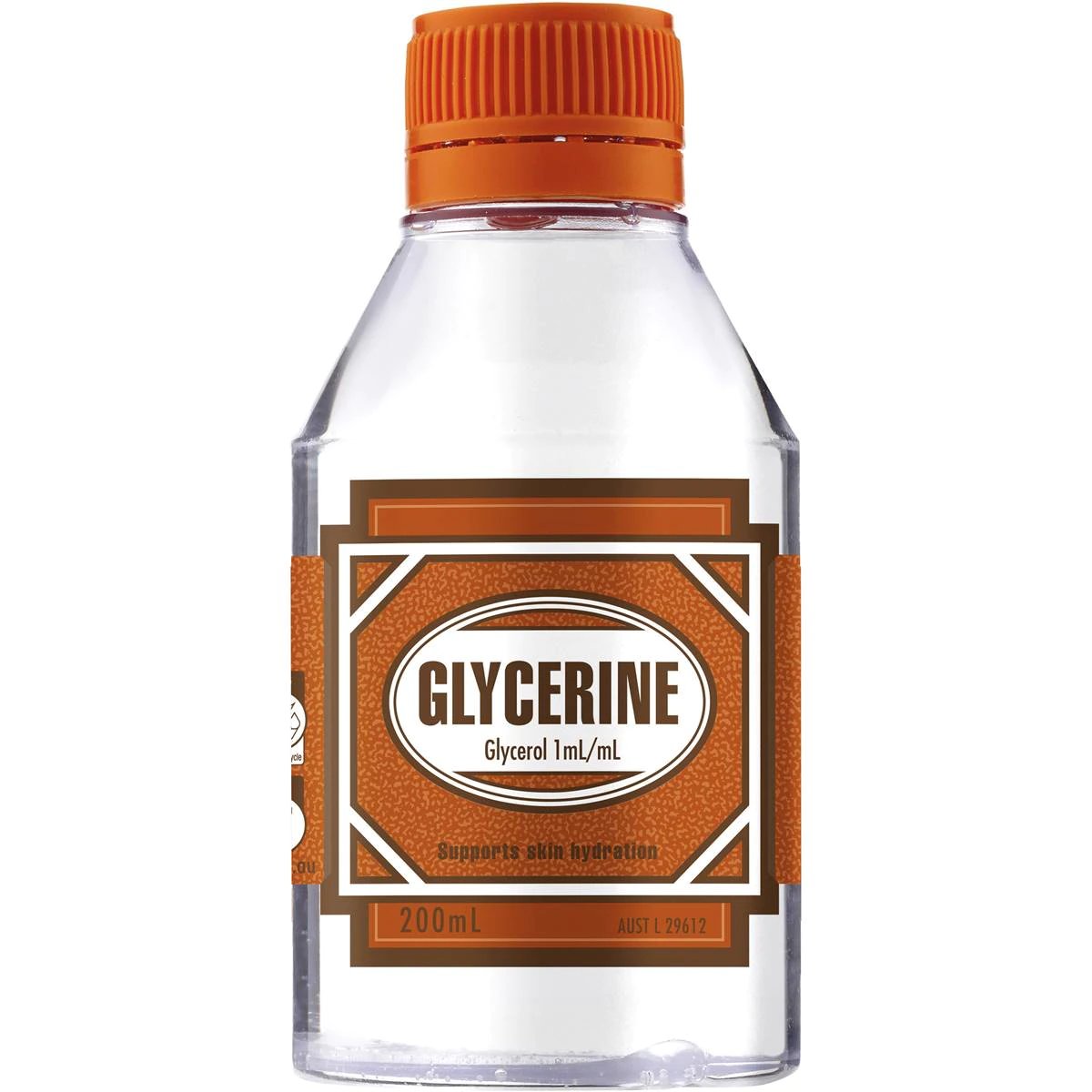



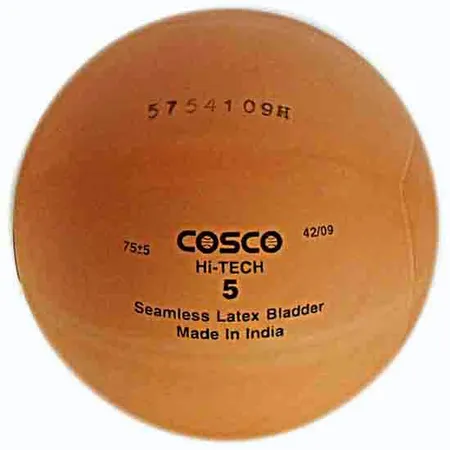
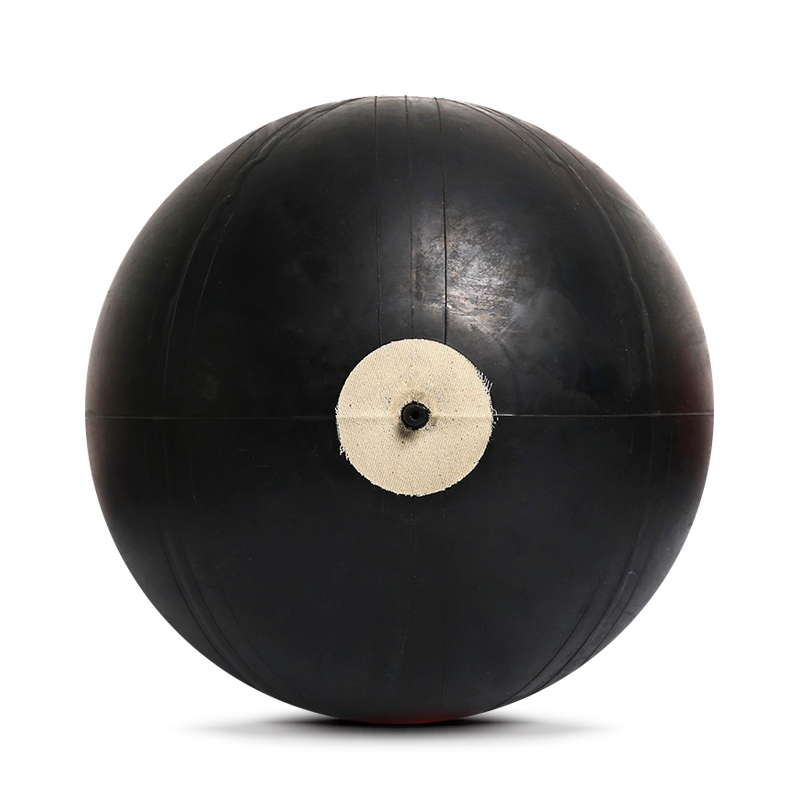





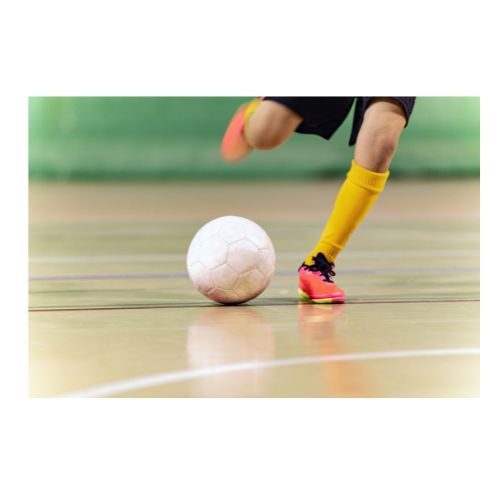




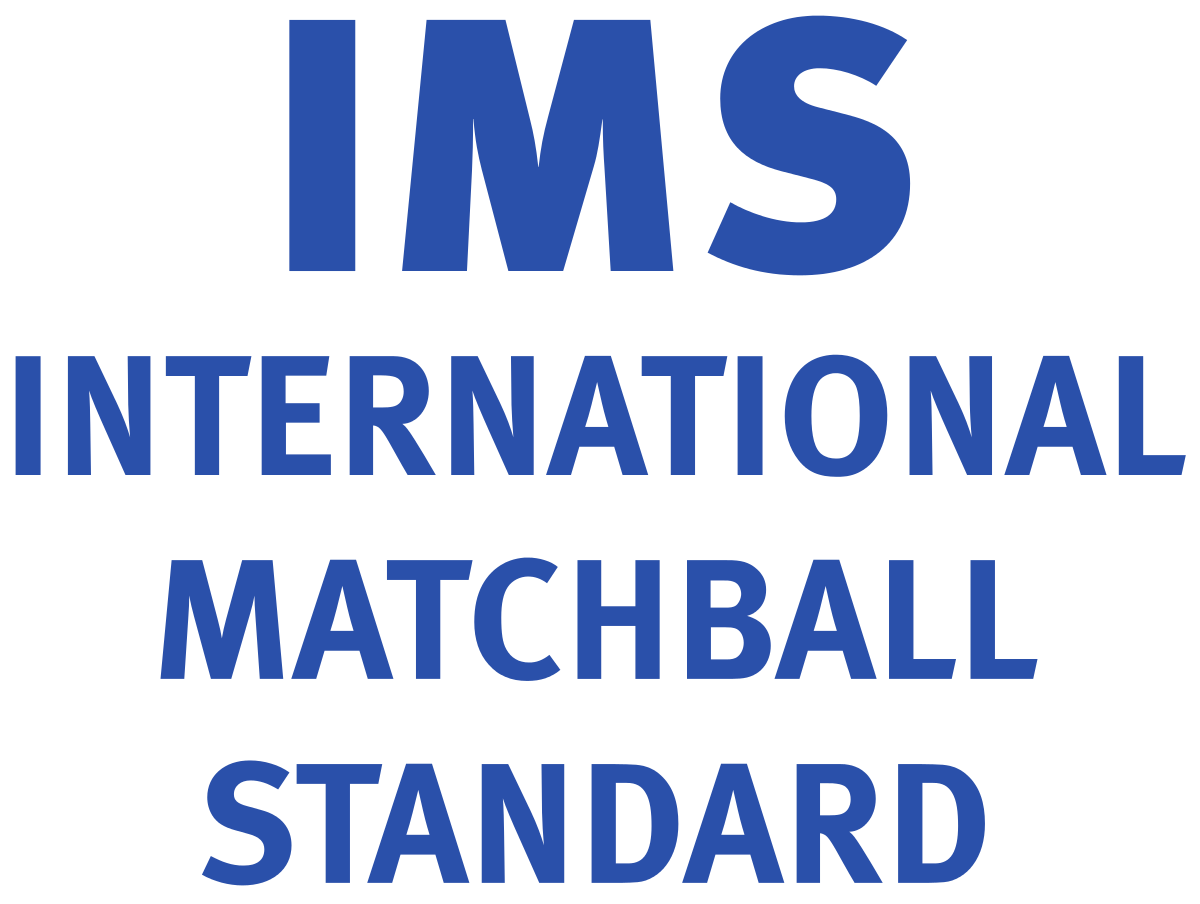



That’s incredible, right!?
Before you think I’m pulling these figures out of thin air, have a little read along to understand the full context behind this data.
Ronaldo: Tested to the Limit
This was a commercial film done by Castrol Edge in an attempt to understand the science behind how the Portuguese forward is able to perform above the levels of almost everyone else on the pitch for several years.
Electrodes were attached to all parts of his body, with the player also made to wear eye-tracking technology that recorded the speed at which his brain was able to react to situations happening in real life.
A team of British University researchers and analysts who specialised within the area of sports biomechanics, conducted a number of fascinating experiments like:
- Using his trademark knuckleball free kick technique to make a soccer ball break through glass
- Competing against an elite sprinter to test out and compare his speed and agility
- A pitch-black cross ball challenge where he has to head or volley soccer balls in the dark
Although as much this documentary was about dissecting the strengths of such an iconic player, there was a commercial element about it as well.
Castrol Edge’s brand manager couldn’t have described it any better when he stated that:
“By testing Ronaldo to his absolute limit, just like we do with the product, the film showcases the core brand values of Castrol Edge — strength and performance — in an entertaining way.”
Source – New York Times
How many miles per hour can Ronaldo kick a soccer ball?
There were 6 sheets of glass arranged around a speed monitor, and this layout was supposedly inspired by an event that happened in his early childhood where he broke a glass window with a soccer ball.
Ronaldo was able to break a couple of those glass panels by striking the soccer ball at a speed of 80 miles per hour.
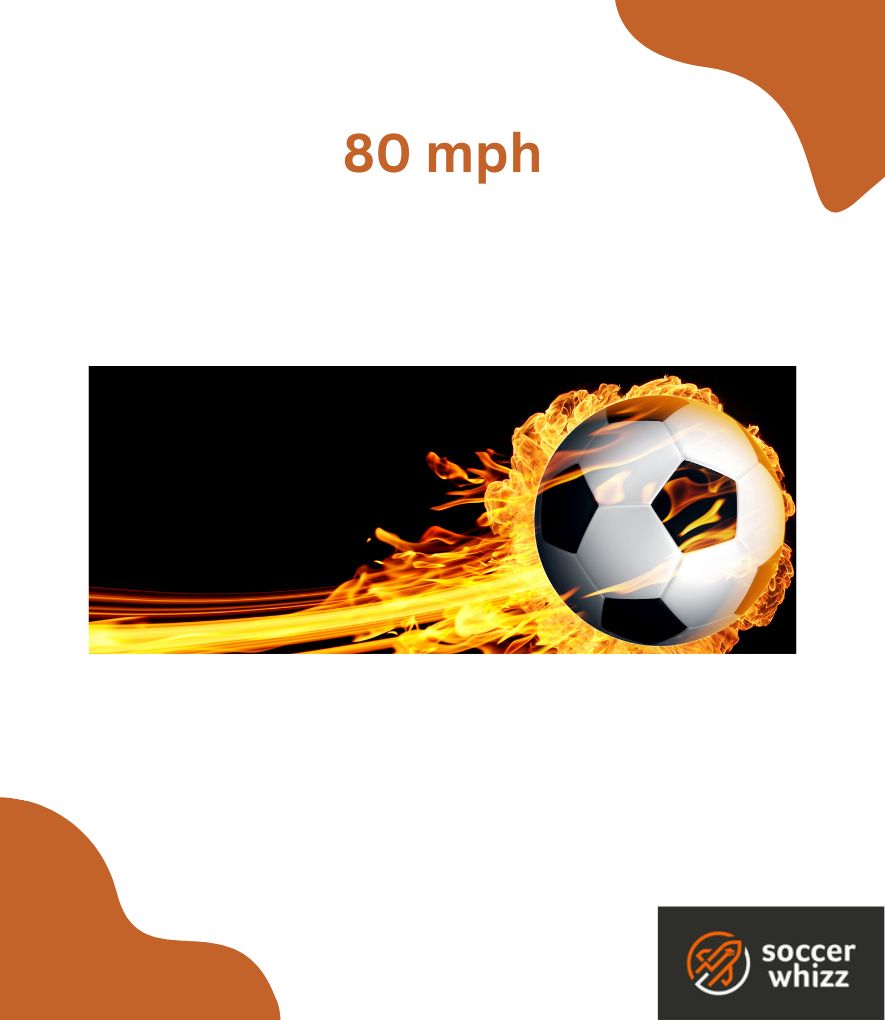
Here’s a clip of the segment that illustrates just how much speed his knuckleball strike method is able to generate:
This translates to approximately 129 kilometres per hour, which is the figure that I had initially revealed at the top of the article.
What is the fastest kick of a soccer ball?
Ronaldo can certainly kick a soccer ball quite fast.
But even at his peak, he marginally misses out on claiming the “fastest kicked soccer ball” title.
You see, there was another fellow who managed to beat his figure of 128.7 kilometres per hour.
According to the Guinness Book of World Records, a man called Francisco Javier Galan Marin posted a speed of 80.1 miles per hour (129 kilometres per hour) in the year 2001.
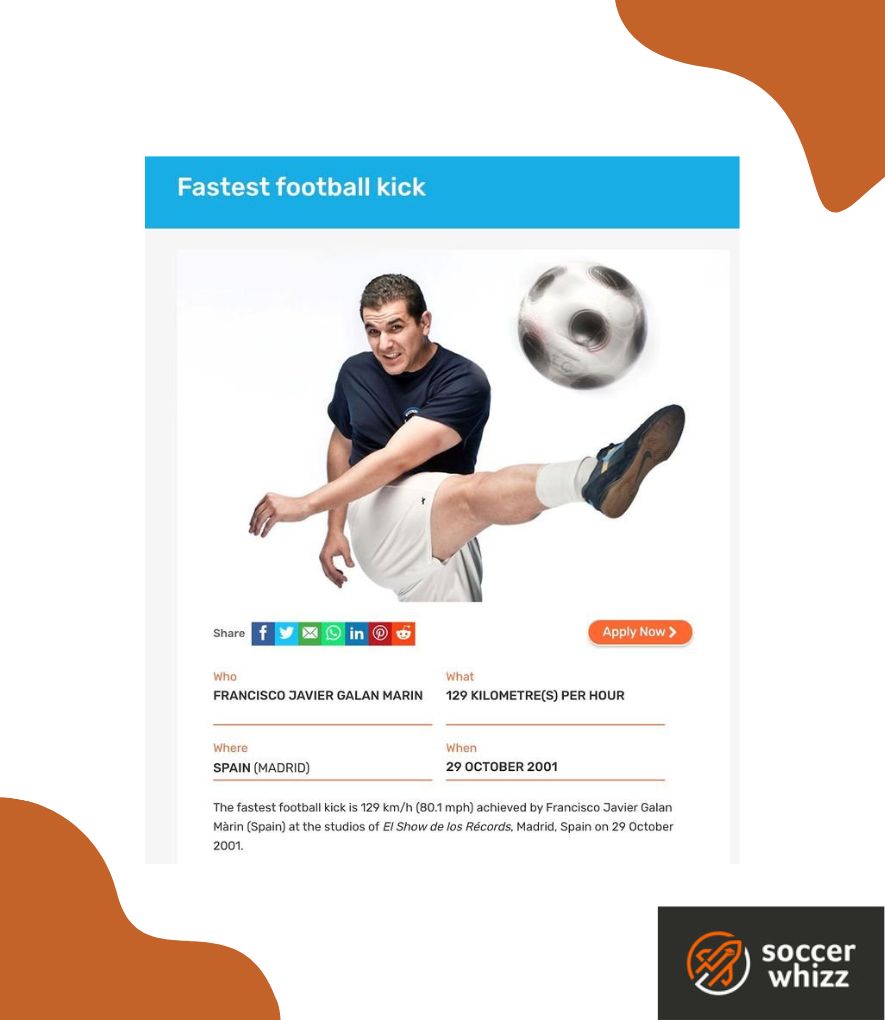
The strike is said to have taken place within the studios of El Show de los Récords, in the city of Madrid.
However, there are some unofficial reports which claim that, a former Brazilian player called Ronny Heberson is the person to beat.
According to this article, Ronny scored what would be a winning free-kick in the 88th minute of an away game against Associação Naval 1º de Maio.
Have a look at this video footage:
You can’t even see the soccer ball until it makes contact with the underside of the crossbar!
That’s how fast it travelled.
Apparently, that strike was said to have been kicked at an incredible speed of 210.9 kilometres per hour (131.82 miles per hour).
Which factors influence the speed of a soccer ball?
There are a lot more elements that will determine how fast a soccer ball will move through the air or along the ground.
I’ll now explain some of these before concluding.
1. Foot strength
The power generated by a soccer ball kick is only as good as the strength of the person’s foot behind it.

If you’re a professionally conditioned player like Cristiano Ronaldo, you are likely to have much stronger leg muscles formed through years of consistency and dedication to dietary discipline and intense physical training.
A casual player simply cannot match up to that level of strength.
You can try and boost your own leg strength in your free time through performing exercises like alternating knee lifts, calf raises and squats.
2. Weight of the ball
This point is pretty self-explanatory.
A heavier soccer ball is unlikely to travel as fast as a lighter one.
Picture trying to kick a stone and a sponge ball side by side.
Which object do you think will travel faster than the other?
It’s pretty obvious.
The amount of force that’s needed to get the stone to travel at a speed of say 5 miles per hour is much greater than that of a sponge ball, which only needs a person to exert a little amount of energy in order to achieve the same outcome.
3. Air pressure level
If you want your soccer ball to travel as fast as it possibly can, then you’re going to want to ensure that it’s pumped to the correct air pressure.
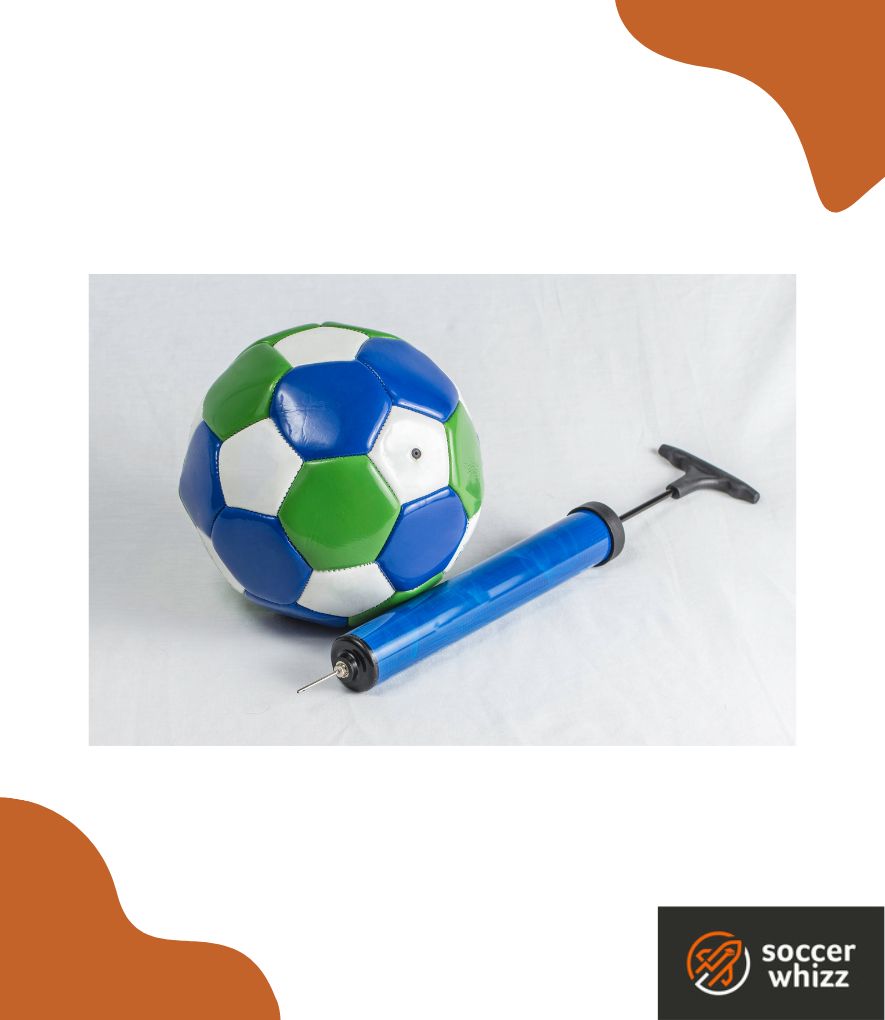
Get yourself a manual soccer ball pump and start inflating!
Under-inflated soccer balls have less mass, which means that they can decelerate at a much faster rate than a ball that is fully inflated.
Think about this more closely.
If you kick an underinflated ball, it’s rate of deceleration will overpower the way in which it gains speed as it moves, resulting in the ball reaching a lower top speed than a fully inflated ball that has a much lower rate of slowing down.
This point was explained by a physicist called John Eric Goff, as part of an insight into the advantage which the New England Patriots gained in the American Football Championship and to claim a place at the 49th edition of the Super Bowl.
4. Environmental conditions
The external environment will also play a part in how fast a soccer ball travels, especially in the air.
If you take into account factors such as air temperature, humidity and wind you will realise that a soccer balls velocity is also a product of the surrounding area in which it travels through.

On a blustery night, a soccer ball could travel faster if it follows the direction that the wind is blowing.
The force that the wind provides is able to give the ball in motion a little bit of a boost in speed.
Conversely, if the same soccer ball is travelling in the opposite direction of the wind, it will decelerate faster and reach a lower top speed due to it encountering greater air resistance.
Wrap up
This article has shown you that Cristiano Ronaldo can hit soccer balls at an extremely frightening pace.
Just to recap…
Ronaldo was able to kick a soccer ball through many layers of glass, with the object registering a fast speed of 80 miles per hour, which translates to 128.7 kilometres per hour.
If you’ve enjoyed this piece, I’d suggest you look at our comprehensive guide on the best soccer balls so that you can have the necessary tools to start to practice on improving the speed of your own shots!
If you enjoy the content that I create and would like to buy me a coffee, then I’d really appreciate it!
Any money that I earn through this donation will be re-invested into more content for this website.
Additionally, by sending in a donation you’ll also receive a copy of my recently released 190+ page eBook on Soccer Ball Care, as well as be subscribed to our mailing list where you’ll be regularly informed on the latest developments concerning the Soccer Whizz blog.
- Future Icons: Europe’s Emerging Midfield Maestros Set for Glory - December 4, 2023
- Kickstarting a Revolution: How Soccer Transformed the United States Over the Last Four Years - October 7, 2023
- 4-1-4-1 Soccer Formation [Analysis] - September 23, 2023

